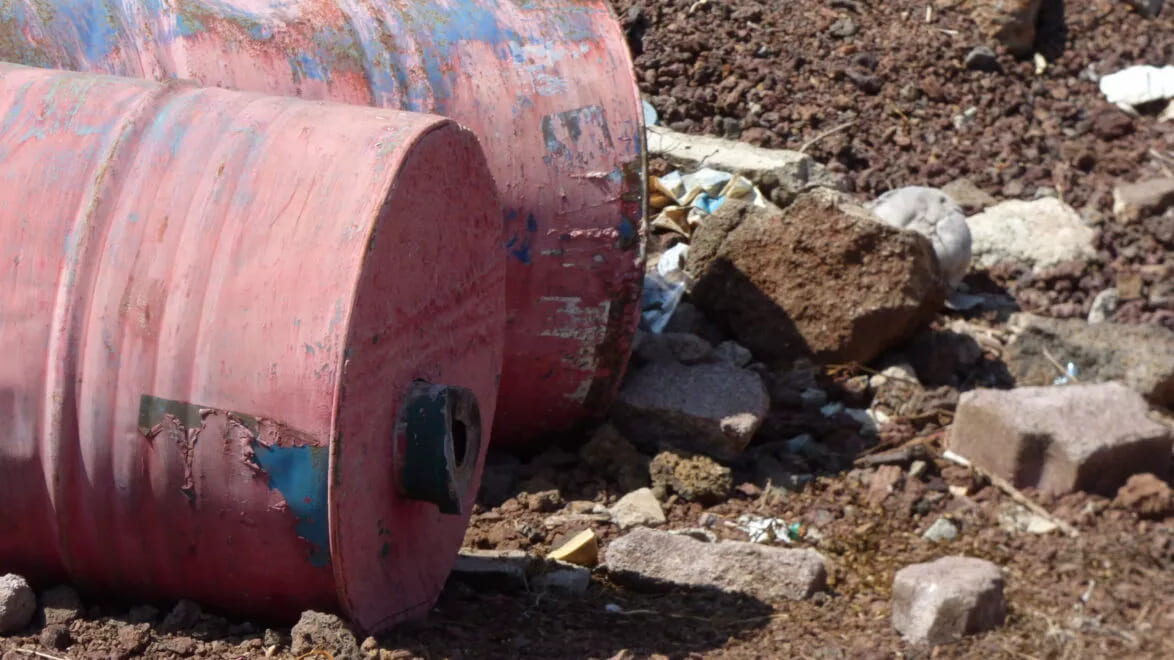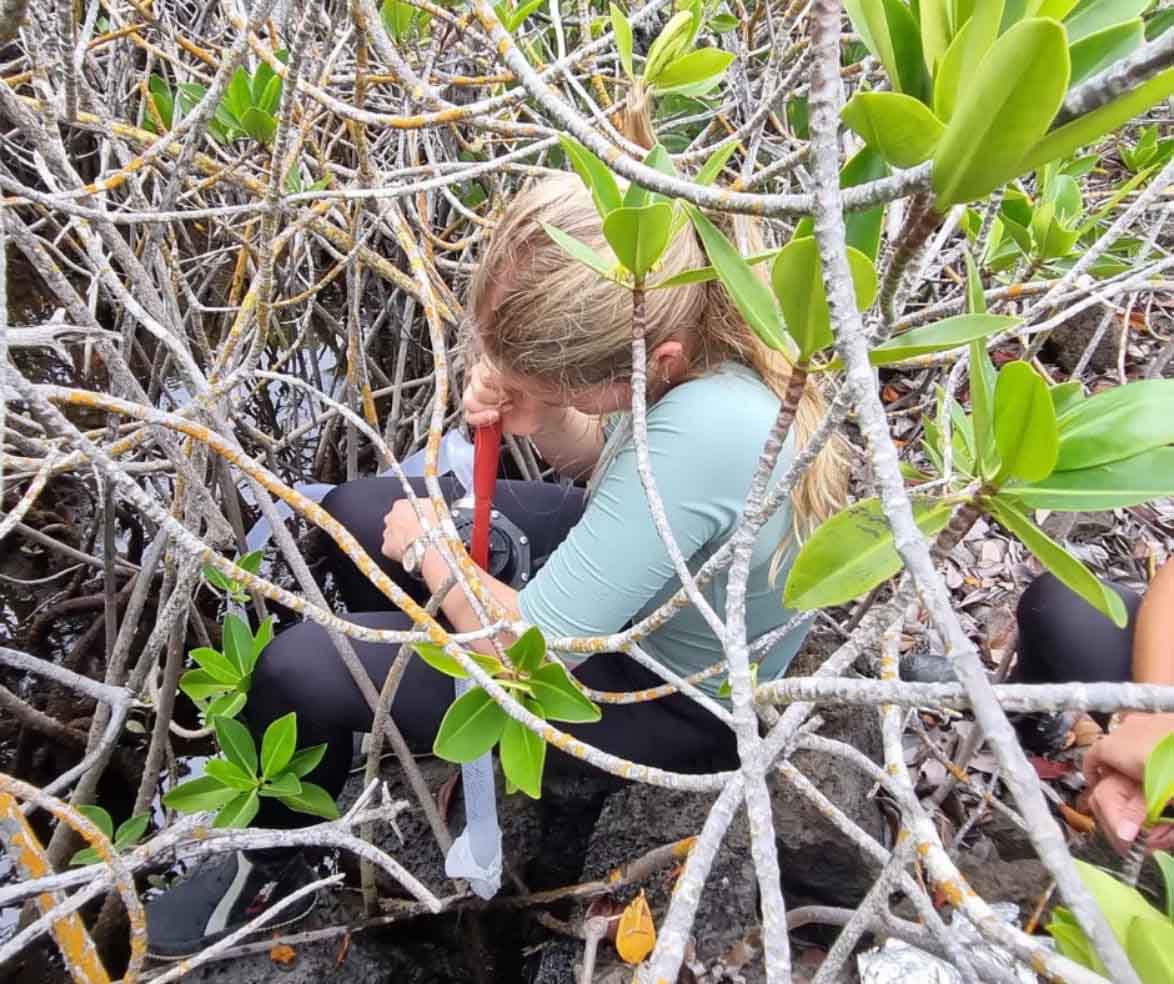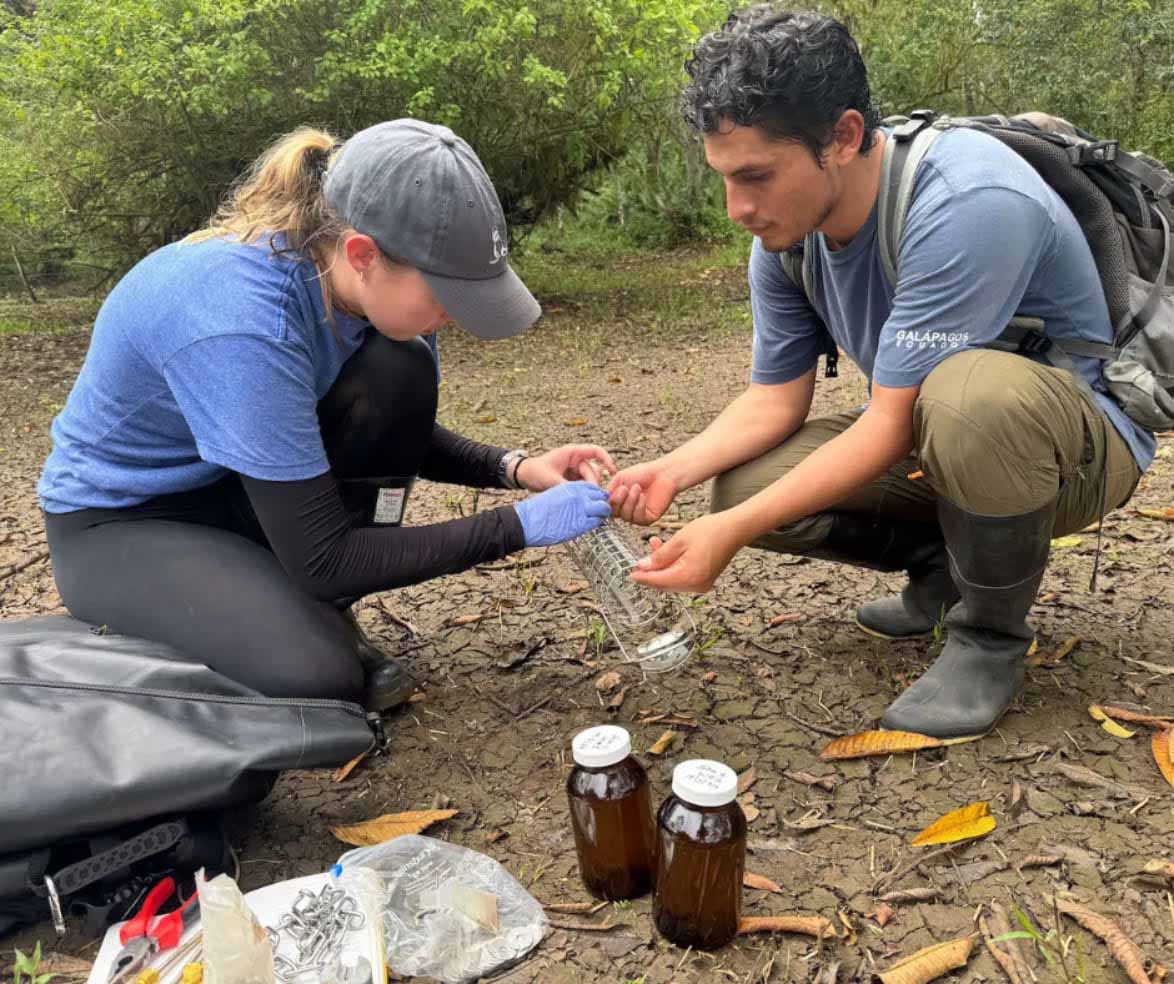Georgie Savage, a PhD student at the University of Exeter, discusses her research on plastic pollution and recounts experiences from her recent research trip to the Galapagos with the Galapagos Conservation Trust (GCT).
Can you give a brief overview of what your PhD is focused on?
My PhD research focuses on the Galapagos Islands, an area significantly impacted by the Anthropocene. The region faces multiple pressures, including population growth, rapid urbanization, unsustainable tourism, and increased activities in shipping, fishing, and agriculture. These factors contribute to the rising levels of chemical contaminants in the Galapagos Marine Reserve, such as oil, plastics, pesticides, persistent organic pollutants, and heavy metals. My research aims to characterize coastal chemical contamination and identify tools like passive samplers, biosensors, portable devices, and bioassays to quickly assess pollution and enhance the monitoring and management capabilities of the Galapagos National Park.
What are some of the most common ways pollutants accumulate in ecosystems, and what can we do to mitigate this issue?
Annually, around 220 billion tonnes of chemicals are released into the environment from industries like mining, agriculture, maritime, construction, and energy production. In marine environments, pollution sources include factory emissions, wastewater treatment facilities, agricultural and urban surface runoff, and maritime activities like shipping and fishing. Chemical pollutants can accumulate in marine ecosystems in sediments, seawater, and wildlife. To mitigate this, we should reduce chemical usage, improve waste management infrastructure, decrease fossil fuel consumption, and strengthen policies and governance regarding the sale, usage, and disposal of pollutants.

What drew you to conduct your research in Galapagos?
Before starting my PhD, I worked as a research assistant for Pacific Plastic: Science to Solutions, an international network investigating plastic pollution in the Eastern Pacific. During this work, I first visited the Galapagos. The beautiful landscape and unique biodiversity contrasted sharply with the pervasive plastic pollution, which was heartbreaking. However, meeting the dedicated people working to protect the Galapagos inspired me to contribute to their efforts and help in any way I could.
What have you been working on during your trip to Galapagos in March? Any highlights of the trip?
In March, I served as a scientific consultant for the Galapagos Conservation Trust (GCT) as part of my PhD placement. The first week involved delivering a training workshop for National Park rangers on using drones to assess plastic pollution and developing survey methods to enhance their plastic monitoring program. In the second week, I helped co-develop a Galapagos Plastic Management Plan for 2030. During the final week, I joined the Coastal Cleanup team in the field, applying various monitoring strategies and experiencing the challenging conditions they face in combating plastic pollution. A highlight was collaborating with passionate individuals from the Galapagos National Park, Conservation International, and local citizen science programs, whose dedication to conservation was truly inspiring.

What’s one piece of advice you would give to someone just starting out their career in conservation?
Don't hesitate to seek out opportunities! Breaking into conservation, whether in a scientific or NGO capacity, can be challenging. Gaining experience is crucial, and it doesn't have to involve expensive trips abroad. Engage in local citizen science programs, take online science communication courses, participate in beach cleanups, or volunteer for charities like GCT. Be curious, ask questions, and let your passion for conservation shine through.

What is your favourite Galapagos species and why?
Choosing a favorite Galapagos species is impossible because there are so many incredible ones! However, I do have a fondness for blue-footed boobies. Watching their mating dance, where they lift each of their blue feet off the ground in a slow-motion jog, is hilarious. The scalloped hammerheads are also special, and sharing the water with them in the Galapagos is amazing. On my last trip in March, I was thrilled to see orcas off Santa Cruz—a family of four, including a baby, hunting a turtle. It was an unforgettable experience and my favorite marine animal encounter, filled with happy tears.
